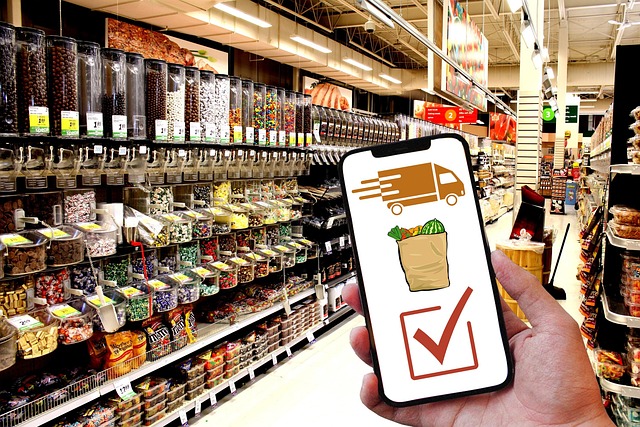How mobile-first experiences influence global purchase behavior
Mobile-first experiences now shape how people discover, evaluate, and complete purchases across regions. Smartphones prioritize short, frequent sessions, streamlined checkout, and localized fulfillment options, and they surface personalization and sustainability details that affect both one-time buys and subscriptions. This article examines how mobile design influences purchase decisions worldwide.

Mobile-first experiences now shape how people discover, evaluate, and complete purchases across regions. Smartphones prioritize short, frequent sessions, streamlined checkout, and localized fulfillment options, and they surface personalization and sustainability details that affect both one-time buys and subscriptions. As app usage and progressive web apps grow, mobile interactions increasingly determine conversion rates, repeat purchases, and brand perception across diverse markets.
mobile: How does device-first design change buying?
Mobile devices create a distinct shopping context. Screen size and touch interactions encourage concise product descriptions, prominent imagery, and simplified menus. Sessions are typically brief and opportunistic, which increases the value of features like saved carts, persistent login, and one-tap checkout. Location-aware functionality can recommend local services or fulfillment options in your area, influencing whether a customer buys immediately or postpones. Optimization for speed and accessibility reduces drop-off and helps retailers capture impulse and planned purchases alike.
ecommerce and retail: Are expectations different?
Shoppers expect seamless transitions between browsing, in-store visits, and buying on mobile. Product pages must load quickly and present clear availability and pricing across channels. Augmented reality previews and interactive visuals help compensate for the inability to handle items physically, which affects confidence and conversion in categories like furniture and apparel. Consistent inventory, coordinated promotions, and harmonized return policies across ecommerce and retail channels reduce confusion and support omnichannel choice behaviors.
checkout and payments: What accelerates conversion?
Checkout is a critical friction point on mobile. Reducing form fields, offering digital wallets and local payment methods, and enabling tokenized card storage can markedly lower abandonment rates. Visible shipping costs, delivery windows, and estimated taxes during checkout reduce uncertainty. For repeat customers, subscription options and stored payment credentials simplify reordering, but they require clear consent and transparent billing terms to maintain trust and reduce churn. Payment diversity tailored to local markets also broadens accessibility internationally.
personalization and recommendations: How do they affect choices?
Personalization on mobile leverages browsing patterns, location signals, and past purchases to present targeted recommendations. Curated feeds, in-app prompts, and contextual push messages can shorten the path from discovery to purchase, increasing average order value when suggestions are relevant. Effective recommendation engines balance relevance with privacy settings: giving users control over data use improves trust while still enabling tailored offers. When implemented well, recommendations support cross-sell, upsell, and subscription retention strategies without appearing intrusive.
fulfillment, returns and logistics: How does delivery shape decisions?
Fulfillment options heavily influence purchase choice. Fast, predictable delivery—same-day, next-day, or scheduled times—can justify higher prices for time-sensitive purchases. Alternatives like click-and-collect, locker pickup, or pickup points in your area provide flexibility that reduces missed deliveries and return likelihood. Clear, mobile-friendly return workflows and visible return windows decrease purchase hesitation; efficient reverse logistics can reduce costs for retailers and improve customer satisfaction, shaping where consumers choose to shop repeatedly.
privacy, subscriptions and sustainability: How do values affect choices?
Trust, transparency, and values are increasingly visible in mobile shopping. Privacy controls and transparent data practices influence whether users save payment details or opt into personalized offers. Subscription models provide convenience but require explicit communication about recurring billing and cancellation. Sustainability signals—information about packaging, carbon impact, or ethical sourcing—now appear on product pages and can sway value-driven consumers. Brands that surface these elements on mobile align experience design with customer priorities.
Conclusion Mobile-first design affects the full purchase lifecycle: discovery, evaluation, checkout, fulfillment, and after-sales service. Prioritizing fast interfaces, clear payment and delivery information, respectful personalization, and visible privacy and sustainability practices helps shape consumer decisions across global markets. As mobile usage continues to grow, these elements will remain central to how shoppers choose where and how to buy.






